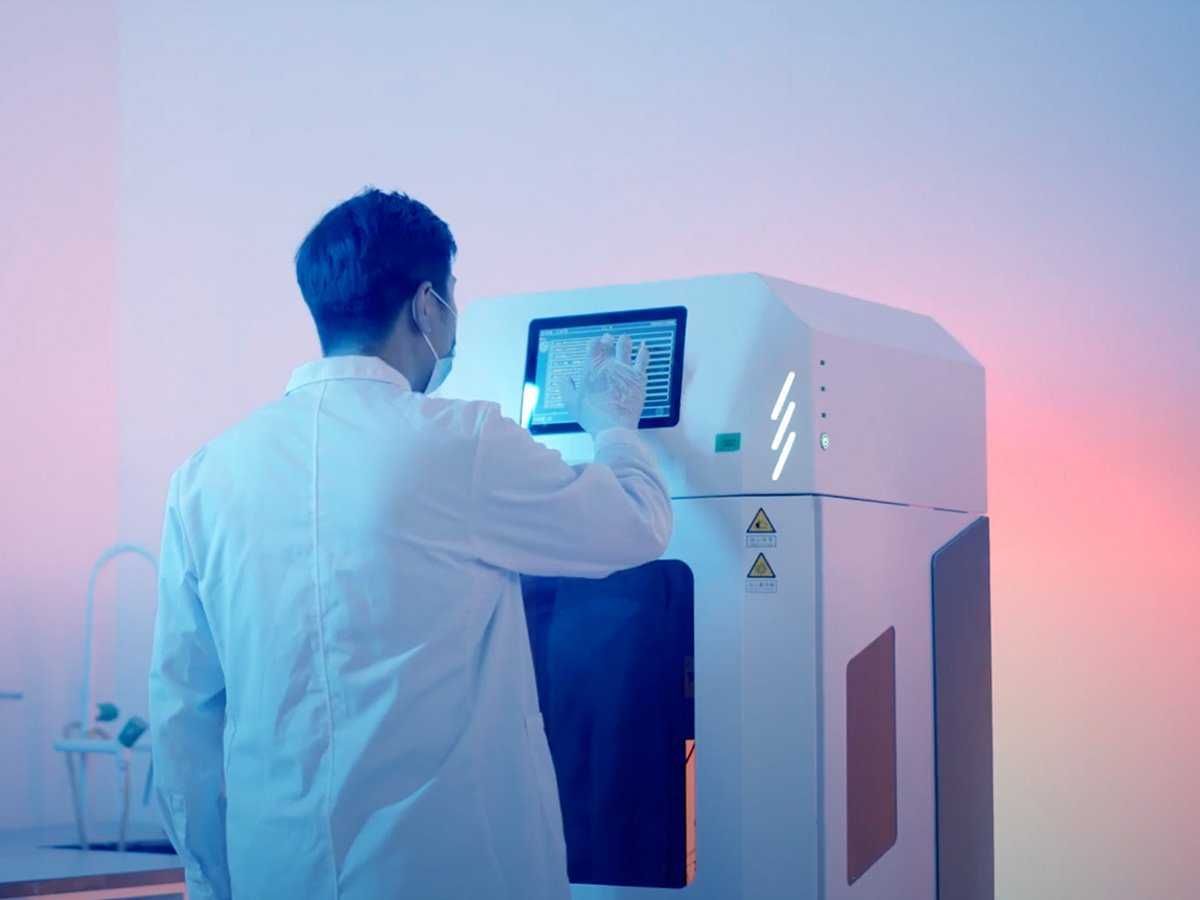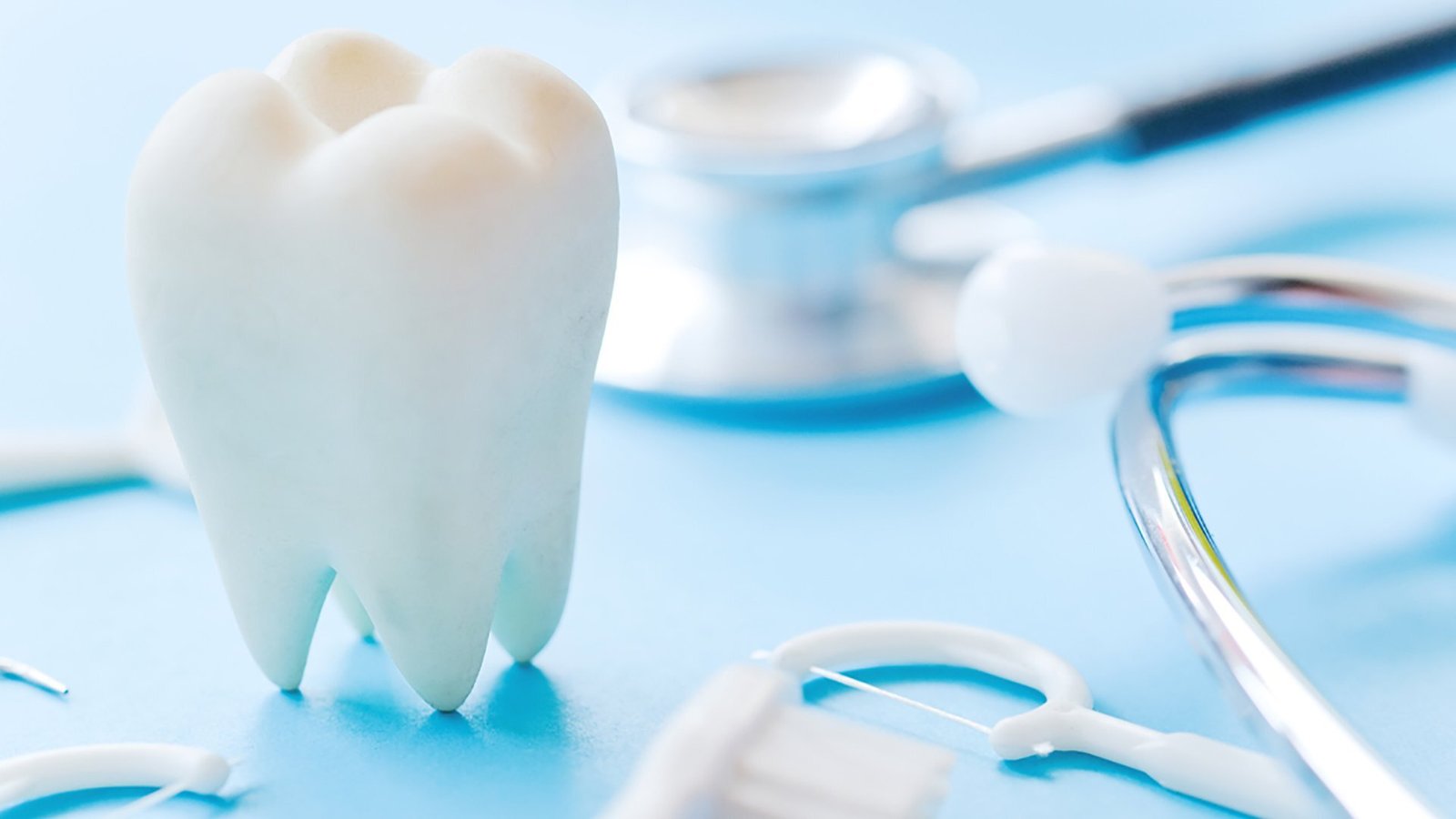Have you ever wondered what is zirconia and why it is gaining so much popularity across so many industries? Well, zirconia is a versatile material that has become part of your daily life without you even realizing it. From the jewelry you have on your hands to the crowns in your teeth, this incredible material provides strength and beauty that most other materials cannot provide. What is cubic zirconia? It’s just one of the varieties of zirconia that’s become renowned as a less expensive alternative to diamonds.
Throughout this guide, you’ll discover the world of zirconia, its various types, and how it improves so many products in your life daily.

What is Zirconia?
Zirconia is a common name for zirconium dioxide (ZrO₂), a crystalline form of zirconium. You may have come across this substance in your everyday life from jewelry to medical devices. Zirconia is found in a mineral called baddeleyite. However, zirconia used in laboratories is checked to ensure its properties and required characteristics.
Zirconia is known for being extremely hard, tough, and wear-resistant. These properties make it ideal for making durable products. Zirconia also withstands heat well, with a melting point of approximately 2,700°C (4,892°F), so it can sustain extremely high temperatures without degrading.
Types of Zirconia
Let’s take a look at some types of zirconia:
Monolithic Zirconia
If you require ultimate strength in one solid form, monolithic zirconia is the solution. Monolithic zirconia has a single solid structure with no layers. You’ll commonly see this utilized in dentistry where strength is the greatest concern. Its solid structure provides excellent resistance to cracking and shattering, which makes it perfect for back teeth that will need to withstand strong biting pressures.
Cubic Zirconia
What is cubic zirconia? It’s a type of zirconia with a cubic crystal structure, which makes it look very much like diamonds. When you look at cubic zirconia in jewelry, you see a material that has been specifically created to resemble diamonds but at a fraction of the cost. Unlike natural zirconia, cubic zirconia is entirely man-made through precise growing processes.

You can identify cubic zirconia by its flawless appearance and slightly varied shine from diamonds. It’s become one of the most sought-after diamond substitutes in jewelry due to it being affordable and appearing fantastic.
Tetragonal Zirconia
Tetragonal zirconia has a tetragonal crystal structure. You’ll see this form commonly used in technical products due to its unique mechanical properties. Tetragonal zirconia can withstand cracks that makes it special. Under pressure, the material can shift crystal structures to prevent cracks from propagating.
This type is typically stabilized with additives such as yttria, producing what’s known as yttria-stabilized zirconia (YSZ).
Properties of Zirconia
Zirconia has great physical and chemical properties. Below are some of its impressive properties:
- High flexural strength of upto1200 MPa.
- High fracture toughness.
- High wear resistance.
- Low thermal conductivity.
- High density.
- Biocompatible.
What is Zirconia Used for?
Dentistry
Zirconia is widely used in dentistry. It is utilized to make restorations:
- Crowns
- Bridges
- Veneers
- Dental Implants
Zirconia restorations offer an excellent combination of strength and natural appearance. Zirconia is an ideal choice for front teeth due to its aesthetic appeal. You might ask what is a zirconia crown? A dental crown is a cap placed over damaged or decayed teeth.
Aidite is a brand known for dental zirconia that offers translucency and strength. Aidite zirconia makes your restorations both practical and attractive.
3D Pro Zir
3D Pro Zir by Aidite is dental zirconia with a high flexural strength of 1100 MPa. Its high translucency makes it ideal for anterior and posterior restorations. It offers outstanding wear resistance.

Jewelry
When shopping for affordable but beautiful jewelry, you’ve likely seen cubic zirconia pieces. These man-made gems offer the sparkle and clarity of diamonds at a much lower price.
You can find cubic zirconia in many colors, making it a flexible option for fashion jewelry.
What makes cubic zirconia so great for your jewelry set is its hardness. Although it isn’t as durable as diamond, it’s more than sufficient in terms of surviving everyday use without scratching or breaking easily.
Industrial Uses
- Cutting Tools: Zirconia is used in the production of high-performance cutting tools because of its wear resistance and hardness.
- Refractory Material: Zirconia is used in furnace linings, crucibles, and kilns owing to its resistance to high heat without degrading.
- Thermal Barrier Coatings: It is applied as a protective coating in aerospace and car engines. It protects components from intense heat and enhances efficiency.
- Biomedical Implants: Zirconia is used in prosthetic joints and dental implants in the medical world because it is biocompatible, strong, and resistant to wear.
- Electronic Components: Zirconia is utilized in sensors, electronic circuits, and insulators due to its high electrical insulation characteristics.
Advantages of Zirconia
Zirconia has a wide range of applications due to its numerous advantages. Here are some advantages of zirconia:
- Exceptional Durability: Products made with zirconia last for years without noticeable wear resistance.
- Heat Resistance: Zirconia is able to withstand high temperatures without degrading.
- Biocompatibility: It is safe to use in dental and medical products. It does not cause any adverse reactions in the body.
- Aesthetic Appeal: Zirconia provides good looks without compromising on performance.
- Corrosion Resistance: Zirconia does not react with acids, alkalis, or moisture. This makes it highly resistant to rust and chemical damage.
- Versatility: Zirconia has applications in a wide range of industries including dental, medical, and other industries.

FAQs About Zirconia
What is cubic zirconia?
Cubic zirconia is a man-made crystal form of zirconia made especially to resemble diamonds. You can identify it by its flawless clarity and slightly different sparkle from natural diamonds.
What is zirconia crown?
A zirconia crown is a dental cap made of zirconium dioxide that encapsulates and safeguards a broken tooth. You get one if you have a severely decayed or cracked tooth that requires strengthening and repair.
Is zirconia a metal?
No, zirconia is not metal. Although it is derived from the metallic element zirconium, zirconia (zirconium dioxide) is actually a ceramic oxide material.
You can also view it as a mineral compound as opposed to metal, and that is why it possesses other kinds of properties than metallic materials.
What is zirconia?
It is a durable ceramic material made from zirconium dioxide. It is used across different industries.
What is zirconia made of?
Zirconia consists of the element zirconium combined with oxygen in the form of zirconium dioxide (ZrO₂).
Commercial zirconia products that you see generally consist of additives such as yttria, magnesia, or ceria that enhance particular properties for other purposes.
Conclusion
Now that you know what is zirconia and how multipurpose it is, you can understand why this material has been so vital to so many different industries. From the zirconia crown fixing your smile to the cubic zirconia in your necklace, this phenomenal material continues to revolutionize how we address both functional and appearance issues.Aidite dental zirconia leads the way in dental use with the ideal combination of natural appearance and long-lasting strength. The excellent blend of durability, beauty, and flexibility in zirconia makes it the perfect solution for hundreds of applications in your daily life.



